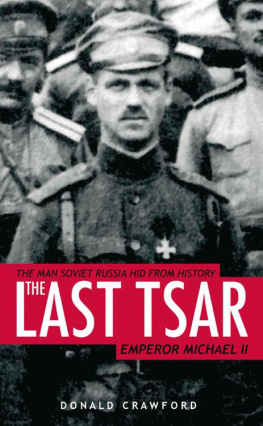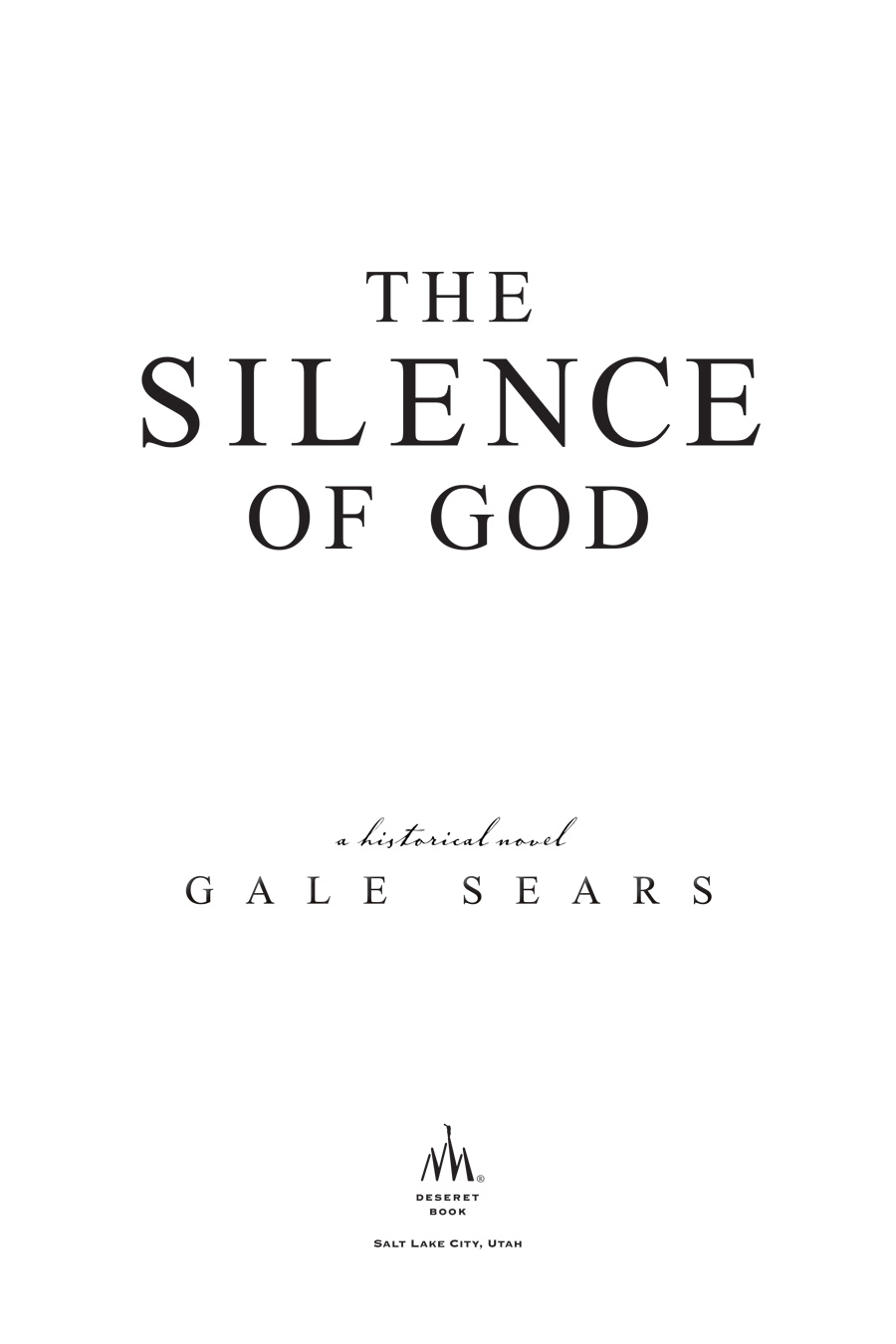2010 Gale Sears.
All rights reserved. No part of this book may be reproduced in any form or by any means without permission in writing from the publisher, Deseret Book Company, P.O. Box 30178, Salt Lake City Utah 30178. This work is not an official publication of The Church of Jesus Christ of Latter-day Saints. The views expressed herein are the responsibility of the author and do not necessarily represent the position of the Church or of Deseret Book. Deseret Book is a registered trademark of Deseret Book Company.
All characters in this book are fictitious, and any resemblance to actual persons, living or dead, is purely coincidental.
To my sister Teri
for all the years of wisdom, love, and laughter
Map by Bryan Beach
2010 Gale Sears
All rights reserved. No part of this book may be reproduced in any form or by any means without permission in writing from the publisher, Deseret Book Company, P. O. Box 30178, Salt Lake City, Utah 84130. This work is not an official publication of The Church of Jesus Christ of Latter-day Saints. The views expressed herein are the responsibility of the author and do not necessarily represent the position of the Church or of Deseret Book Company.
This novel is based on a true story and contains real historical figures, facts, and places, in addition to fictional characters, places, and events which are a product of the authors imagination.
Deseret Book is a registered trademark of Deseret Book Company.
Visit us at DeseretBook.com
Library of Congress Cataloging-in-Publication Data
Sears, Gale.
The silence of God / Gale Sears.
p. cm.
Summary: At the turn of the century St. Petersburg offered the best of Imperial Russia. Few realized that the glitz and glamour of the Silver Age would soon dissolve into mass rebellion and revolution. For the wealthy Lindlof family, the only Latter-day Saints living in St. Petersburg at the time, life would never be the samechanged forever by an ideology that would persist for more than a century. The ravages of the Bolshevik Revolution are seen through the eyes of Agnes Lindlof and her lifelong friend, Natasha, in a powerful, extraordinary novel of devotion and loyalty.
ISBN 978-1-60641-655-6 (hardbound : alk. paper)
1. MormonsSoviet UnionFiction. 2. Soviet UnionReligionFiction. I. Title.
PS3619.E256S58 2010
813'.6dc22 2010003417
Printed in the United States of America R. R. Donnelley, Crawfordsville, IN
10 9 8 7 6 5 4 3 2 1
Acknowledgments
I extend my thanks to the many people who helped make this book a reality: my first readersGeorge Sears, Teri Boldt, Shauna Chymboryk, and Roderic Buttimore; G.G. Vandagriff for her endorsement; Kahlile Mehr for the history concerning the Lindlof family, and for his great knowledge of the LDS Church in Russia; Elder Dennis Neuenschwander for his guidance with background information and doctrine; my tour guides in St. Petersburg and Moscow, Ylena Gavrilova and Vera Zhuravleva, for bringing the history and the heart of Russia to life, and for answering my many questions.
A special thanks to Jana Erickson at Deseret Book for her encouragement, Heather Ward and Tonya Facemyer for the great look of the book both inside and out, and Lisa Mangum for her deft editing hand.
Authors Note
Sometimes we are given a precious gift. Such is the case when, in my research into the fascinating and splendid history of Russia, I found the story of Johan and Alma Lindlof. The first members of The Church of Jesus Christ of Latter-day Saints in Russia, they and their children endured during some of the most difficult times in history for people of faith.
The book is one of fiction, but the Lindlof family was a real family and were eyewitnesses to the tumultuous years surrounding the Bolshevik Revolution. The events depicted in the novel actually happened to them. To these elements I have been true.
It was an honor for me to place their story on paper.
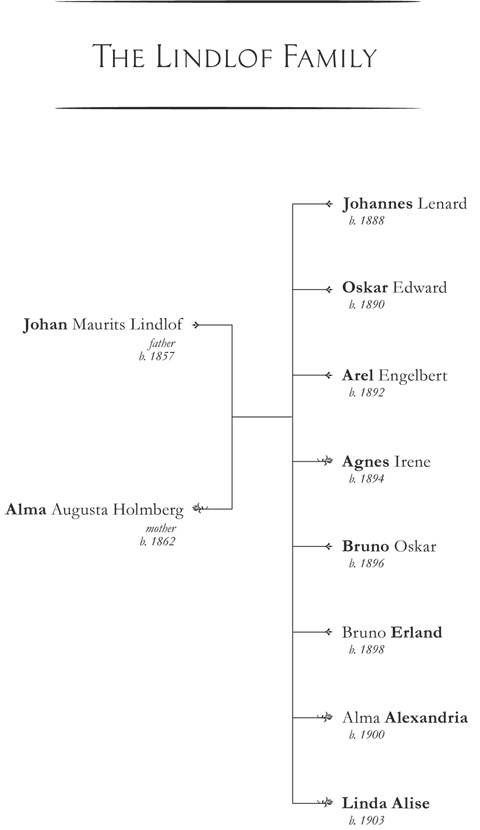

Prologue
Kievan Rus
988 a.d.
Smoke and superstition whispered through the forest the morning that Perun fell. The thunder gods great carved image stood mute in the village gathering placeblank eyes staring east to where the sun would rise, and through the misted world a warrior ranErlendr, messenger of the prince. Erlendr of the beautiful form and long yellow hair, descendant of the Norsemen who had come to mingle and fight with the tribes of Kievan Rus.
As he neared the village, he heard the crackle of morning cooking fires and smelled roasting meat. But food would have to wait.
He called in a clear voice. Men and women of Kiev, come to the gathering place! Come! Your prince is riding out from the fortress! He brings his new bride!
Murmurs passed among the villagers who drew into the open area. His bride? Our prince has many brides. What will this one be like?
From the depth of the forest they heard the sound of horses hooves, jangling bells, and beating drums. The worshippers in the gathering place fell silent as every heart pounded in cadence with the drumpounded hard against their ribs as the sound drew near.
Prince Vladimirs giant black horse broke cover first, tossing its head and snorting. It squealed and turned in circles when it saw the blazing cooking fires, its massive hooves pounding the soggy grass into pulp. The creatures leather harness was adorned with silver bells, which made a sweet sound in the morning stillness, but did not allay the villagers trepidation, and the nearest group stepped back. A young child started wailing, its eyes fixed on the stamping beast, while the rest of those gathered stared in wonder at the horses magnificent rider.
Vladimir sat tall and sure on the back of his high-spirited steed. The princes long, unbound hair and bushy beard added fierceness to his form. He was dressed in wool leggings and shirt, covered with a leather tunic that was branded with the images of elk, bear, and wolf. A red fox cloak covered the rulers large shoulders, flowing down to drape over the rump of his horse. His sword was slung across his back, and a dagger hung on his belt. Vladimir reined in his horse and shoved his hand into the air. In his grasp was a beautiful silver object encrusted with pearls.
More members of the royal entourage poured into the clearing: warriors, women on horses, drum beaters, men in brown tunics, and men with axes. The villagers looked to each other. Why the ax carriers? Would someone be losing their head this morning?
The drums stopped, and the villagers gasped as the princes bride rode into the clearing. Riding stately upon another of the princes black horses came the lady from Constantinople. Her long, dark hair fell to her waist, and she wore it unbraided under a diadem of silver leaves encrusted with rubies and pearls. Her silver gown shimmered beneath a heavy gold cloak that had been exquisitely embroidered with hundreds of images which looked much like the object the prince of Kiev was holding aloft. In the crook of her arm, the bride held a wooden panel painted with the face of a man. The people wondered if it was her brother or perhaps her father.

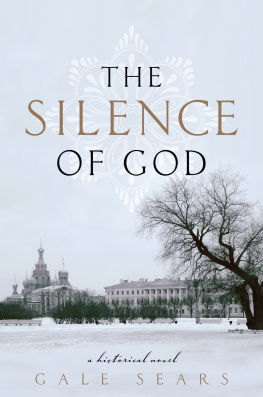
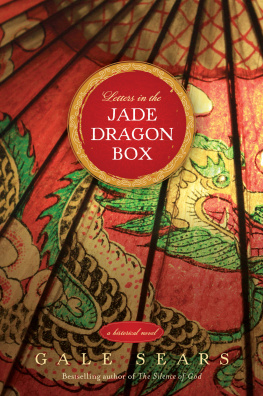

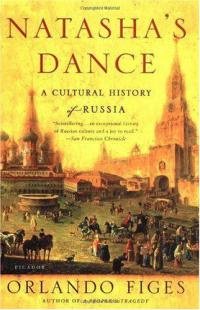
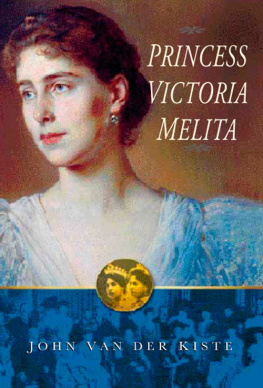

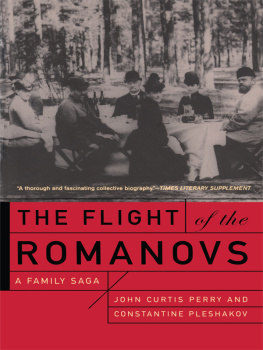
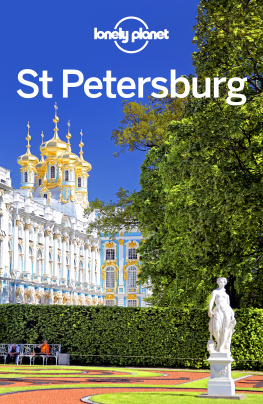
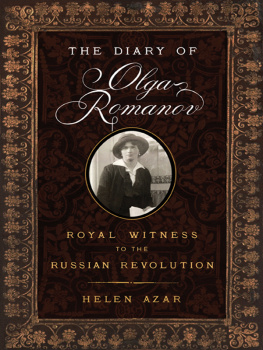

![Sophie Law [Sophie Law] - Olga’s Egg](/uploads/posts/book/141435/thumbs/sophie-law-sophie-law-olga-s-egg.jpg)

